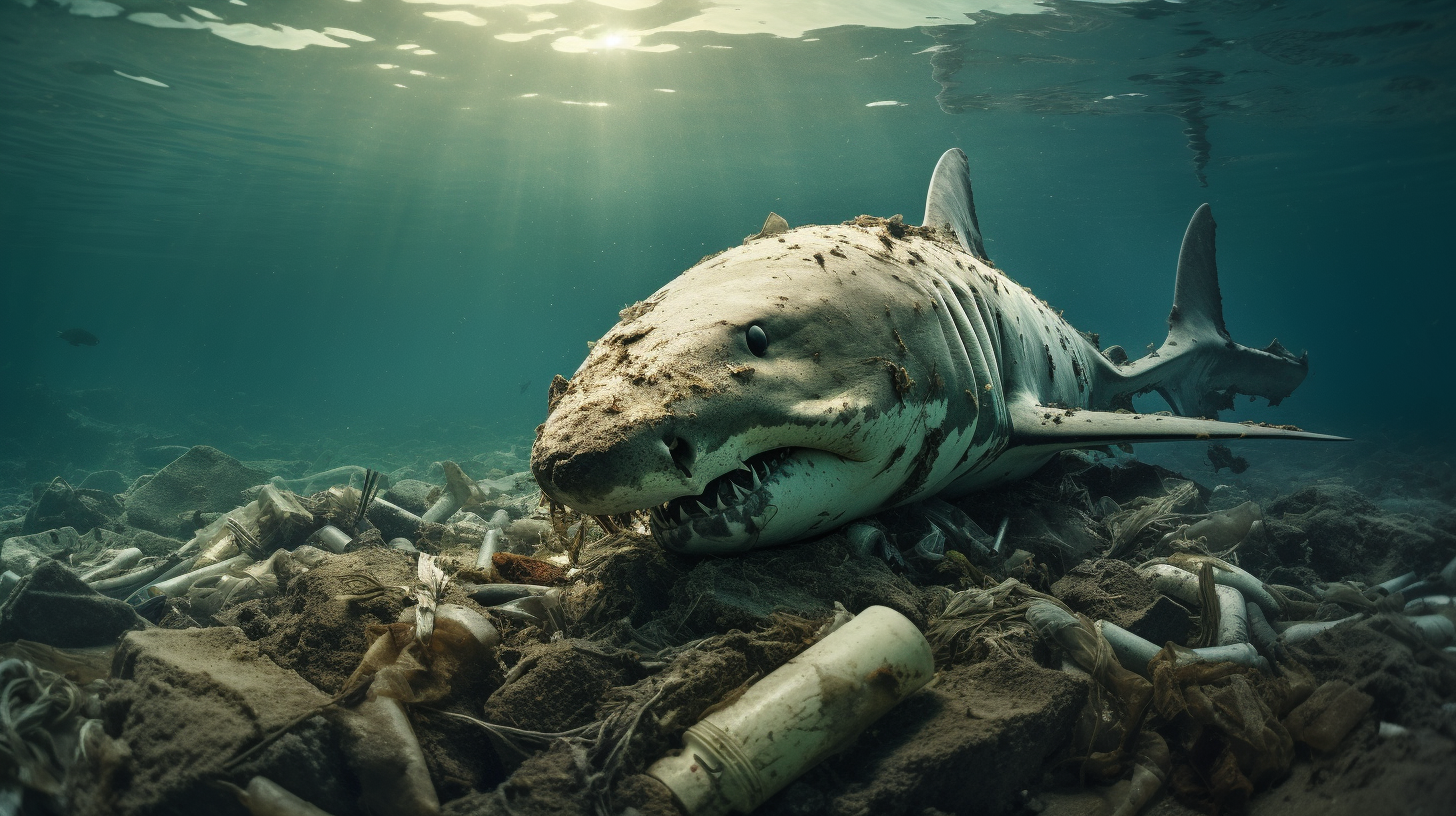The ocean, once home to the most majestic creatures, is now a domain of silent hunters, undetectable to the naked eye, yet ruthlessly efficient. I speak not of sharks or barracudas, but of an adversary far smaller and far more pervasive—plastic pollution. These microscopic Plastic Predators are the kings of our new oceanic hierarchy.
Every minute, the equivalent of a garbage truckload of plastic descends into the ocean’s abyss, layering the seabed with deathly strata. The deep blue is now a faded mosaic of plastic bags and microplastic particles. Sea turtles mistake polyethylene bags for jellyfish, while seabirds are found starved to death with stomachs full of plastic debris.
But the real horror comes from microplastics—those tiny fragments that force us to question the very essence of predation. Long after the sun’s rays fail to penetrate, these particles make their home. Even in the Mariana Trench, microplastics have been found infiltrating the guts of amphipods—a stark revelation that there is no place left untouched by humanity’s synthetic signature.
The infiltration is no mere oversight, but a calculated invasion. A study from the Scripps Institution of Oceanography discovered that microplastics are now present within plankton, the very cornerstone of the marine food web. With a twist of irony, the plankton responsible for 50% of our oxygen supply now harbors the tiny plastic enemy. As top predators feast on contaminated prey, they’re unwittingly consuming this plastic legacy. The ocean is a buffet where every course is garnished with microplastics.
And what of the consequences? Disrupted hormones in marine life, reduced reproduction rates, and increased mortality. Consider the midwater fish feeding on plastic-ridden plankton—their growth stunted, their survival precarious. PCBs and DDTs, banned years ago, find sanctuary within these plastic fragments, exposing marine fauna to chemicals we thought we had conquered.
Film aficionados will recall scenes of dystopian futures in cinema where the ocean seemingly spews out its plastic contempt onto our shores. This isn’t just an imaginative depiction; it’s a present-day tragedy witnessed in episodes of ‘plastic smog’ on once pristine beaches. The ocean, in its tormented state, is returning to us what we have given it.
In the face of this unfolding ecological disaster, the actions of individuals and nations seem minute, like trying to bail out a sinking galleon with a silver spoon. Despite bans on single-use plastics and the outlawing of microbeads in cosmetics, the Plastic Predators remain ever-present, thriving in their aquatic realm.
As in our previous coverage on the resilience of oceanic life, hope seems a scarce commodity. In this sequel of nature’s trial by plastic, the narrative is bleaker. The resilient creatures from our last reflection now find themselves navigating through synthetic jungles.
To conclude, we must ask ourselves a deep-seated question: What version of the future are we writing in the sediment of our oceans? A mosaic of natural wonder, or a petrochemical tapestry of our own making? The deep continues to betray the grave reality, and the resilience of its inhabitants is no match for the relentless march of the Plastic Predators of the Deep.
